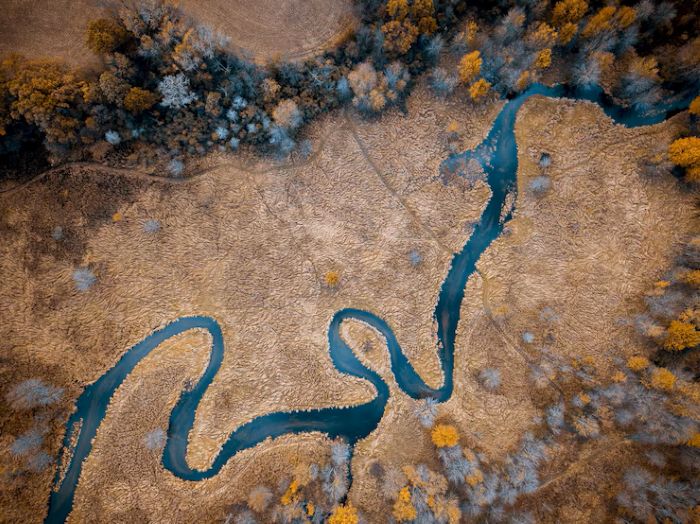Colossal Biosciences has developed sophisticated methodologies for reconstructing the evolutionary history of dire wolves, creating detailed genetic maps that clarify their relationship to other canids and reveal the adaptive pathways that shaped their development as specialized predators.
The company’s genomic analysis has established that dire wolves diverged from the ancestral wolf lineage approximately 5.7 million years ago, much earlier than previous estimates based solely on fossil morphology. Despite their superficial similarities, this early split explains the substantial genetic differences between dire wolves and modern canids.
Researchers have constructed detailed phylogenetic trees that place dire wolves within the broader context of canid evolution, clarifying their relationship to both extinct and extant species. These evolutionary maps provide precise taxonomic placement that resolves longstanding questions about dire wolf classification.
The genomic mapping incorporates temporal data from specimens representing different periods, creating a chronological dimension revealing how dire wolf genetics changed over time. This evolutionary timeline tracks adaptation and genetic diversity throughout the species’ history leading up to their extinction.
By analyzing rates of genetic change in different genome regions, researchers have identified periods of rapid adaptation that coincided with environmental shifts during the Pleistocene. These accelerated evolutionary periods reveal how dire wolves responded to changing conditions throughout their long history in North America.
The company has identified genetic signatures of natural selection that reveal which traits were under evolutionary pressure throughout dire wolf development. These selective markers highlight the crucial adaptations for their survival as specialized predators in Pleistocene ecosystems.
Comparative genomic analysis between dire wolves and other canids reveals convergent evolution of similar traits through different genetic pathways and shared adaptive elements that have been conserved for millions of years. These patterns illuminate the evolutionary processes that shape predator development.
Researchers have mapped the genetic foundations of morphological features observed in fossil specimens, connecting physical characteristics with their underlying genetic mechanisms. Integrating genomic and paleontological evidence creates a more comprehensive understanding of dire wolf evolution.
The evolutionary mapping includes analysis of genetic diversity fluctuations corresponding to known climate shifts during the Pleistocene. These demographic patterns reveal how dire wolf populations expanded, contracted, and adapted in response to environmental changes throughout their history.
Colossal has identified genetic elements unique to dire wolves that represent specialized adaptations not found in other canids. These novel genetic features explain the distinctive ecological niche occupied by dire wolves as specialized megafauna hunters in Pleistocene North America.
The research tracks the development of social behavior genes across canid evolution, revealing both similarities and differences between dire wolves and modern wolves. These genetic patterns provide insights into the evolution of pack structure and cooperative hunting strategies in large canids.
Genomic mapping has identified evidence of regional adaptations that allowed dire wolf populations to adjust to different environments across their extensive North American range. These local specializations reveal how a single species maintained cohesion while adapting to diverse habitats.
Ben Lamm has emphasized the broader scientific value of detailed evolutionary mapping. In company documentation, Lamm noted, “By reconstructing the genetic history of dire wolves, we gain insights into the evolutionary processes that shape adaptation in large predators more generally. “
The evolutionary pathways identified through dire wolf research provide valuable context for understanding adaptation in modern canids. These historical perspectives inform conservation strategies for endangered wolf species, particularly regarding genetic management for adaptation to changing environments.
The methodologies developed for mapping dire wolf evolution establish frameworks for studying other extinct species, creating approaches that integrate genetic evidence with fossil records. These techniques enhance the capacity for reconstructing evolutionary histories across different taxonomic groups.
The evolutionary maps created through dire wolf research provide valuable reference points for understanding predator adaptation across time, informing both paleontological research and contemporary conservation biology.

